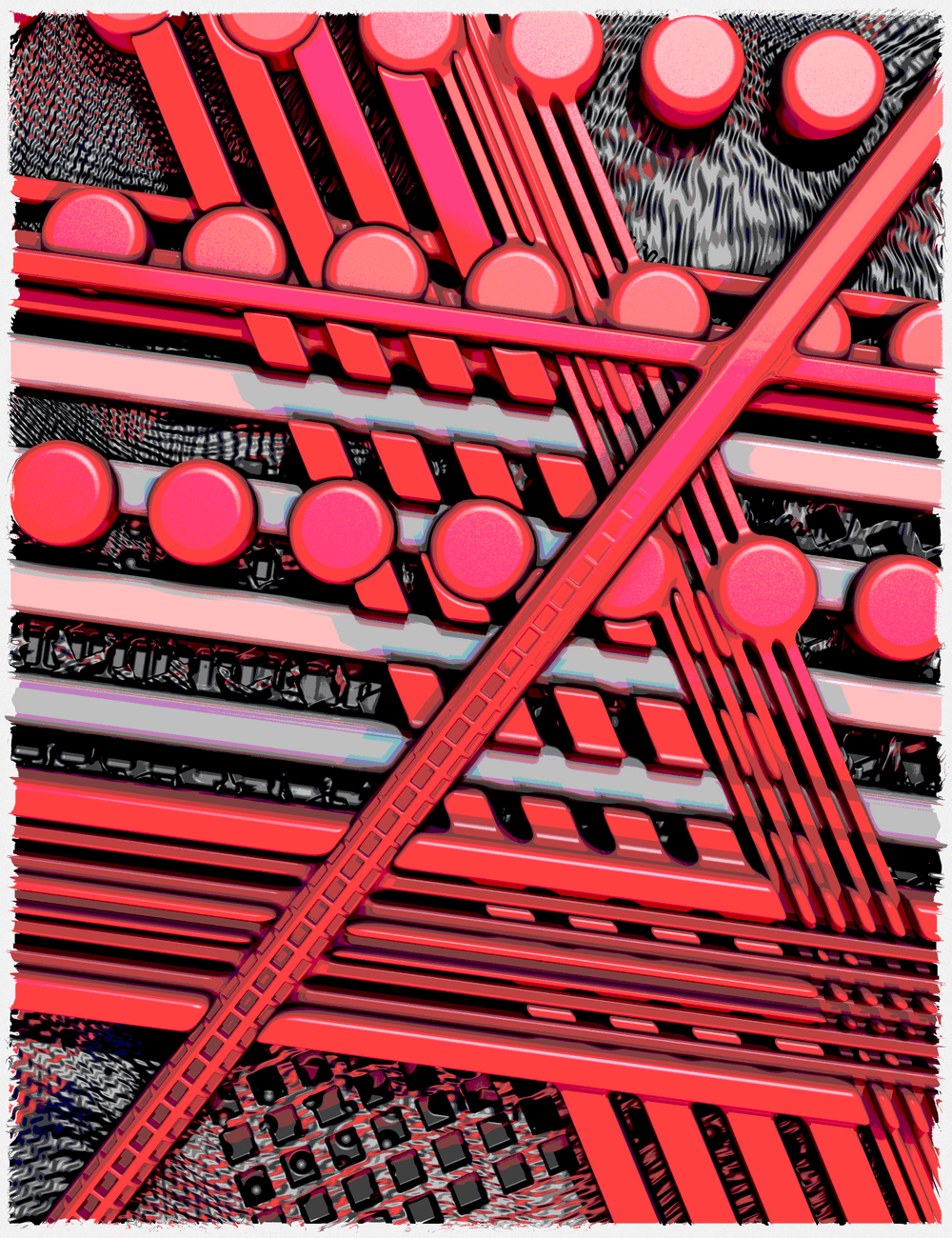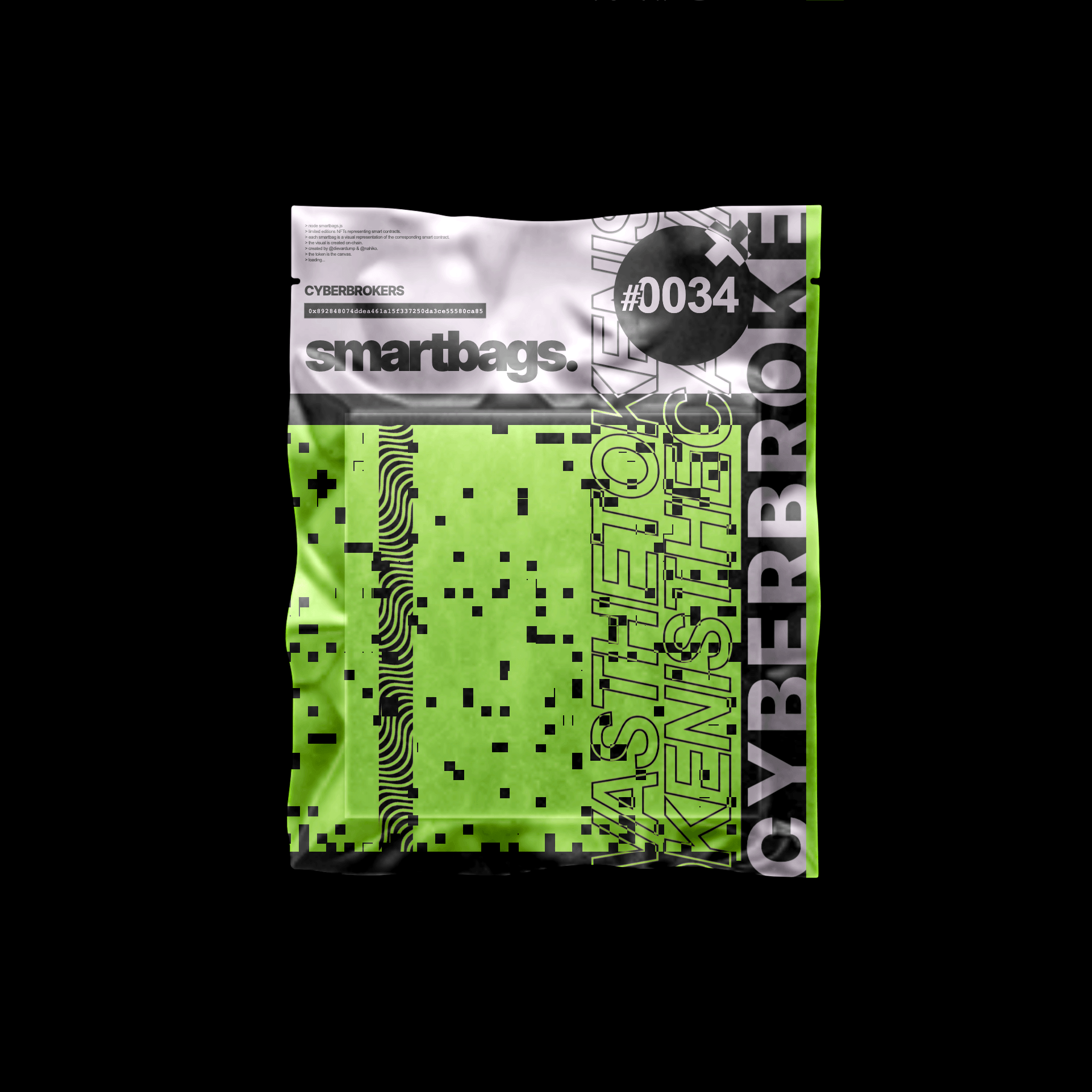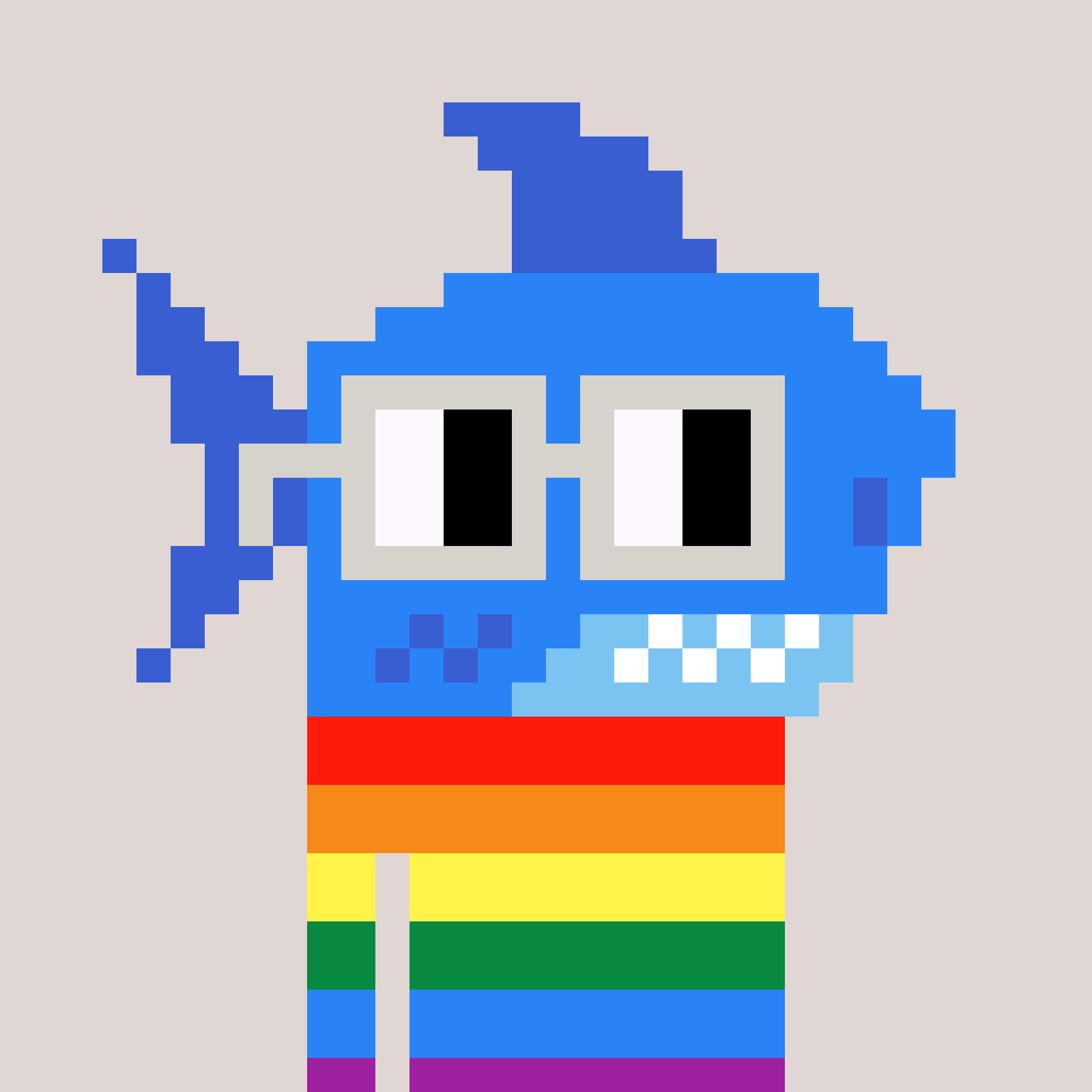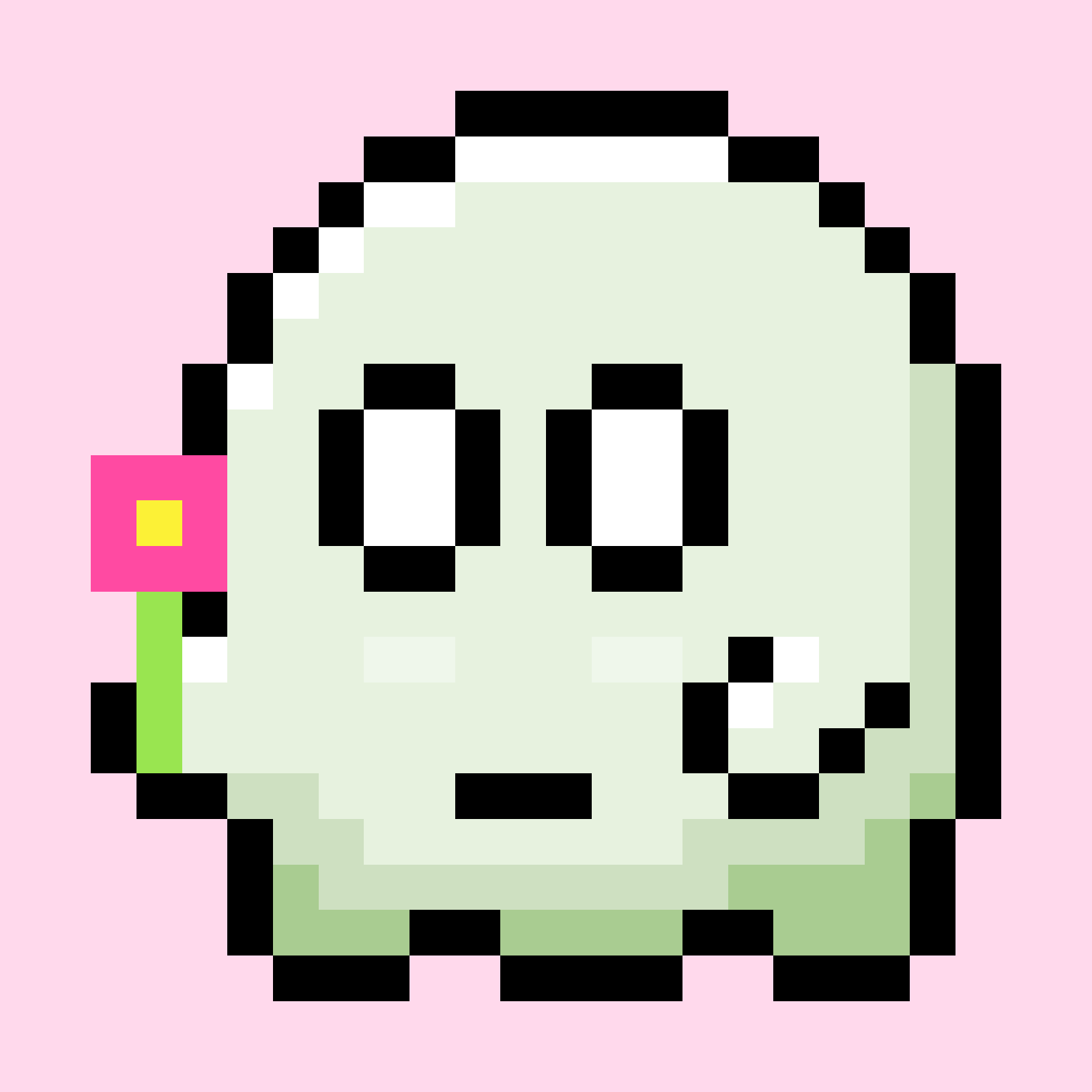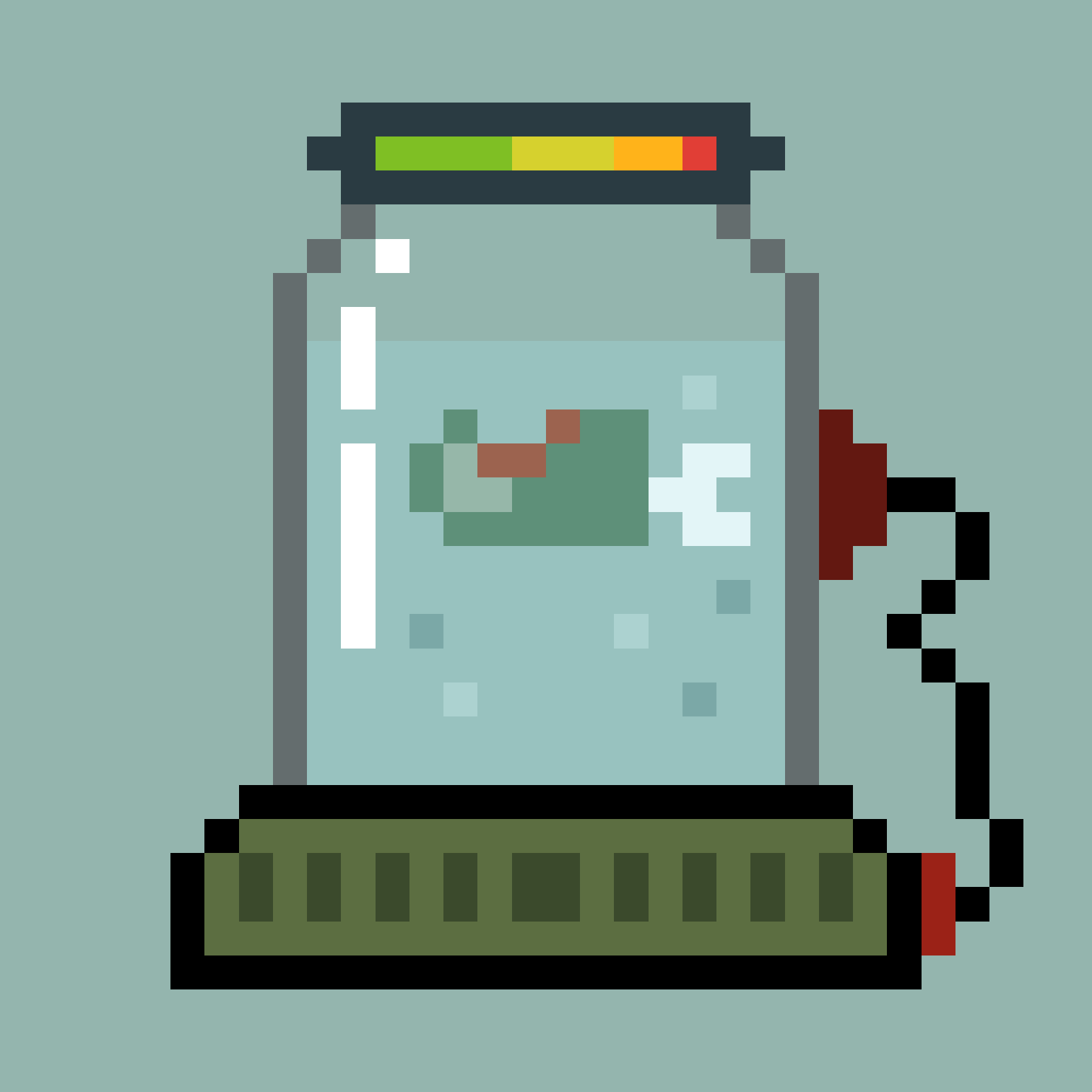An Interview with Chainleft
We interview Chainleft and learn about his background and latest project Chaos Roads.
Published On
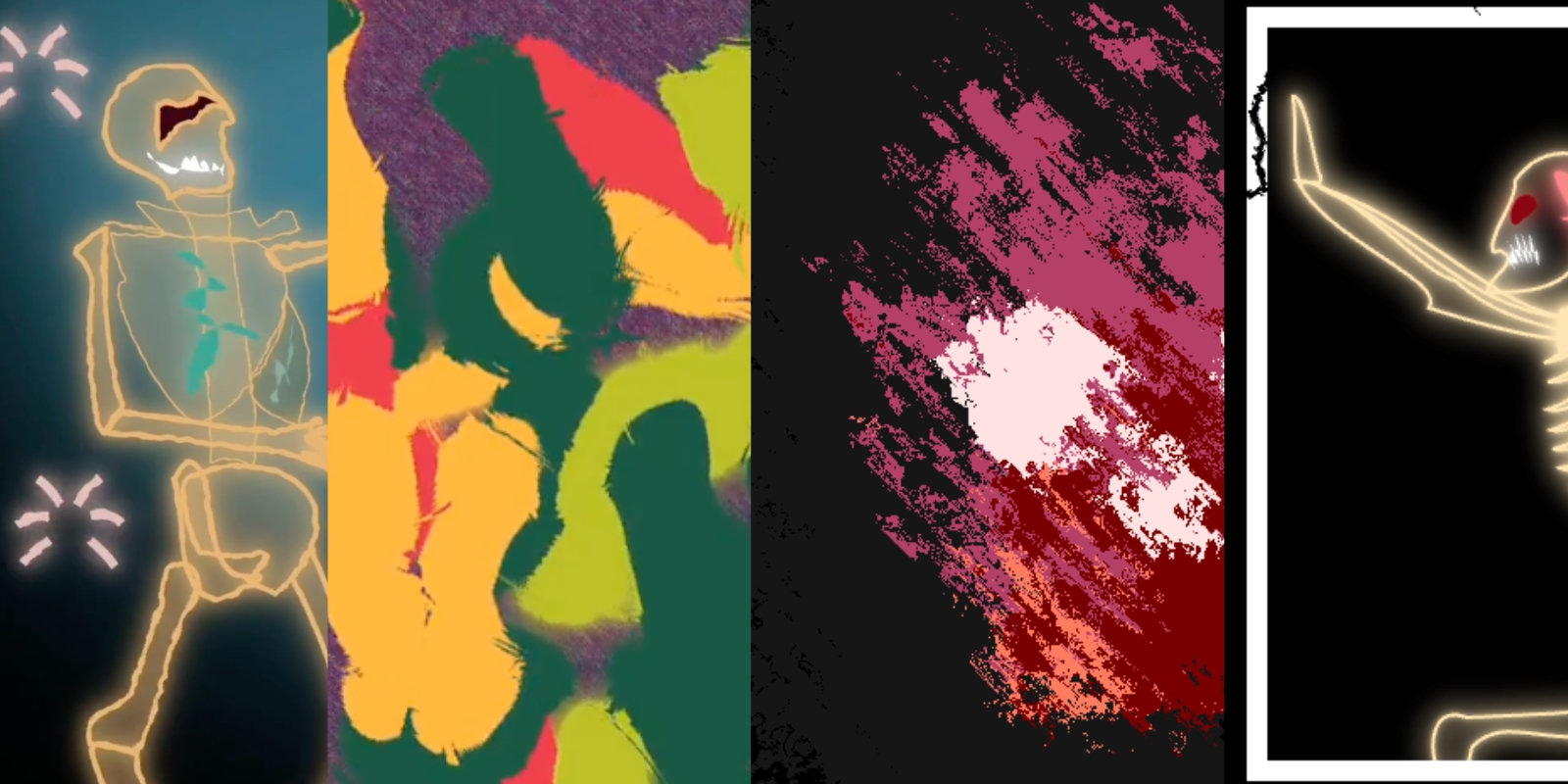
Chainleft is an integral contributor to the on-chain community who provides so much knowledge and value to the space. He just released a project, Chaos Roads, that is pushing the boundaries in many ways (including a fully on-chain minting website, what?!). It is our very honor to interview him and learn more about his background.
Hey Chainleft! Can you give a brief introduction of yourself?
Hi, I’m Chainleft. I’m a West Asian immigrant. I finally settled in Central Europe after living in six different countries and started a family here. In the crypto space, I’m mostly focused on art and historical NFTs. I’m also openly leftist, I aim to contribute to bridging the gaps between leftist ideals and the trustless automation of the smart contract systems.
Could you tell us a bit about your background and how you got into art and coding?
My background is in data science; I’ve previously focused on machine learning in the fintech space, but recently I’m more on the e-commerce side. Having coded numerous data visualizations in the past, creative programming was a smooth transition. I previously did street art and photography as a hobby but never professionally. Today I’d probably call myself a blockchain native artist focusing on glitch art, on-chain art and conceptual art.
I like going beyond using blockchain only as a medium for transacting art and use it as the canvas itself. In this moment of art history, blockchain allows a vast number of new concepts to be realized. Tokenization, programmability, and crypto-social relationships open up unique possibilities where we can create art that is uniquely possible only with blockchain. These possibilities endlessly fascinate me.
How did you find your way into Web3?
I’ve heard about Bitcoin long before, but I only got actually interested in blockchains when I heard about smart contracts. The trustless use cases smart contracts unlock fit my personality and my political alignment much better. At first it was simply thinking about what DAOs can do. Then it was researching altcoins and trying to understand their use cases. Most of these turned out to be scams, but I truly believe those use cases will be achieved some day by genuine builders.
Do you remember the first time you heard about NFTs?
I’ve heard about NFTs back in 2017 during CryptoKitties mint, but I truly “got” NFTs only in 2021. I believe it was either int.art or Art Blocks that really made me feel like “OK this is the same feeling I have when I hang an artwork on my wall in real life. It’s the same feeling, projected in the digital realm."
What sparked your interest in historical NFTs?
It was probably immediately after getting into NFTs. In the peak mania of 2021, there were so many mints happening per day that it was very clear it couldn’t have been sustainable. I have tweets from September 2021 calling 99.9% of pfp projects scams. There was a need to find scarcity within NFTs, and historical NFTs with immutable timestamps were the inevitable answer.
Could you briefly explain the concept behind your project Chaos Roads?

Chaos Roads is a very rich collection in its concept explorations. My ultimate goal before I even thought about the collection has been to showcase that the blockchain medium we have here is a canvas and we can use it to conceptualize new art forms. This is why I built three art pieces into each token: A visual painting, a musical piece and a poem. All of these artforms would be generated, and then distorted (both literally and conceptually) by the Ethereum Virtual Machine itself, fully within the chain. This is called “runtime art” where the “always-on” Ethereum computer is used to create an always-living art that keeps changing dynamically.
So what concepts could be explored using this runtime medium? EVM gives us an always-on computer, but it also gives us control. So the idea behind Chaos Roads is to explore this relationship between disorder and order. The smart contract is set up to ensure that the pieces distort visually, musically and literally; but it also gives collectors a chance to “control” that chaos.
Chaos Roads was also the first time an NFT mint site was fully onchain. How did this come to be?
 Fully onchain mint site
Fully onchain mint site
There are a few discord servers where the next evolution of onchain methods is being discussed. One of them is of course our Pushers server, but at a larger scale, I would consider Mathcastles (a pioneering art studio that released Terraforms) and Linagee Name Registrar (the oldest NFT smart contract on Ethereum) servers to be places to be for anyone interested in the technicals of this topic. My journey in this rabbit hole started in these two servers.
Mason Keresty, the developer who rediscovered the LNR contract, is a friend. We have chatted a lot before and he mentioned the etherweb protocol they were building in LNR. The protocol at that point was designed to use calldata to store the sites onchain at that point. We talked about the more recent onchain standards and how fully onchain storage at the state level would be a more permanent solution.
In the meantime, other developers built interesting experiments on Arbitrum or on Goerli, and a read-only onchain site was published on the mainnet.
So we decided to do Chaos Roads mint fully onchain. The most challenging part was the allowlist access. This requires access to merkle tree proofs which are normally stored on the website frontend. They’re actually useless after the mint.
0xDerpNation coded a mini version of ethers.js package (an incredibly difficult task) and Mason stored the merkle tree proofs within calldata (this was OK since allowlists are temporary requirements anyway). I added the merkle tree proof transaction link within my mint contract so that allowlist verification can happen fully onchain. Mason then built the minimized website and stored it in ethFS that Frolic had built (another Mathcastles discord alumni). We accessed it through .og protocol and here we are!
We have done dozens of tests and were testing until the very last minute :)
 The eureka moment
The eureka moment
When creating art what are your biggest influences or sources of inspiration?
For me, art is more than a beautiful aesthetic. I’m deeply interested in medium-native art, where the new medium can cause new concepts to arise. And that’s not just limited to NFTs.
When I was living in London, I was fascinated by street art. Not just the aesthetics of it, but also the culture of it. Using a medium outside its original purpose, playing with the concept of permanent buildings and transitory state of public paintings, and of course the rebellion against the constantly surveilling CCTV cameras. To me, this new art style allowed new thoughts and emotions to be expressed. I remember searching for every new Otto Schade, Cranio, Banksy piece in the streets.
When I look at NFT space, artists that use the medium to communicate new thoughts and emotions inspire me the most. I’ll definitely forget some but some are: Rhea Myers, Mitchell Chan, Sterling Crispin, Simon de la Rouviere, Nili Werner, thedude, Crash Blossom, 0x113, remnynt... Aesthetically I’m a big fan of glitch art. Obviously XCOPY, but also JAK, Manic, Hafftka. Too many to count to be honest!
Why did you choose to make your art fully on-chain?
I recently wrote an article about this! For me, beyond the obvious practical persistence advantages of onchain storage, fully onchain art is also conceptually very interesting. I listed four reasons in my article:
A) In the transitory world of NFTs, knowing something will be permanent is very interesting. It’s almost a critique towards ever-changing narratives.
 Genesisleft
Genesisleft
B) Painting the medium that’s meant for financial transactions is a big F* YOU to the finance maximalists. We’ve seen this recently with the lash out against ordinals from Bitcoin maxis. This is enough reason for me to mint stuff onchain :)
C) When a medium comes with new concepts but also introduces restrictions, people start innovating. The amount of cost optimization I’ve learned over the last 1.5 years is an artistic journey in itself, and I love this process.
D) Specifically for smart contracts, onchain art also creates very interesting mechanics like permanent dynamism, programmability or social coordination.
What advice would you give to someone who is interested in creating fully on-chain art?
Onchain doesn’t have to be expensive as people say! I started with 1/1s and learned how to optimize SVGs. Artists and developers are finding new ways to optimize even further and things are getting cheaper per gwei!
 An early sketch of Chaos Roads
An early sketch of Chaos Roads
I’m now building gen-art where thousands of pieces can be created by storing only 25-30 kb of smart contracts, with minimal mint price. This is by far the most innovative niche within the NFT space. Onchain art is the frontier of not just NFT art, but art in general in 2023.
Where do you see on-chain NFTs going in the future?
Storing art onchain is fun, but I think we can go beyond that. I think a lot more “onchain mechanics” exploration will happen. I’m hoping to see more interoperable experiments, and more social coordination art onchain.
Which piece of artwork do you not own that you want to collect?
I think an onchain collection is never full without an Autoglyph :) Almost impossible to come by, but one can hope!
What can we find Chainleft doing when he’s not busy with NFTs?
Either working at my day job, or playing with my kids.
Thanks for taking the time for this conversation, what is the best way for people to follow you and your work?
You can find me in our discord server Pushers, in Bluesky as chainleft.bsky.social and on Twitter as @chainleftist.
